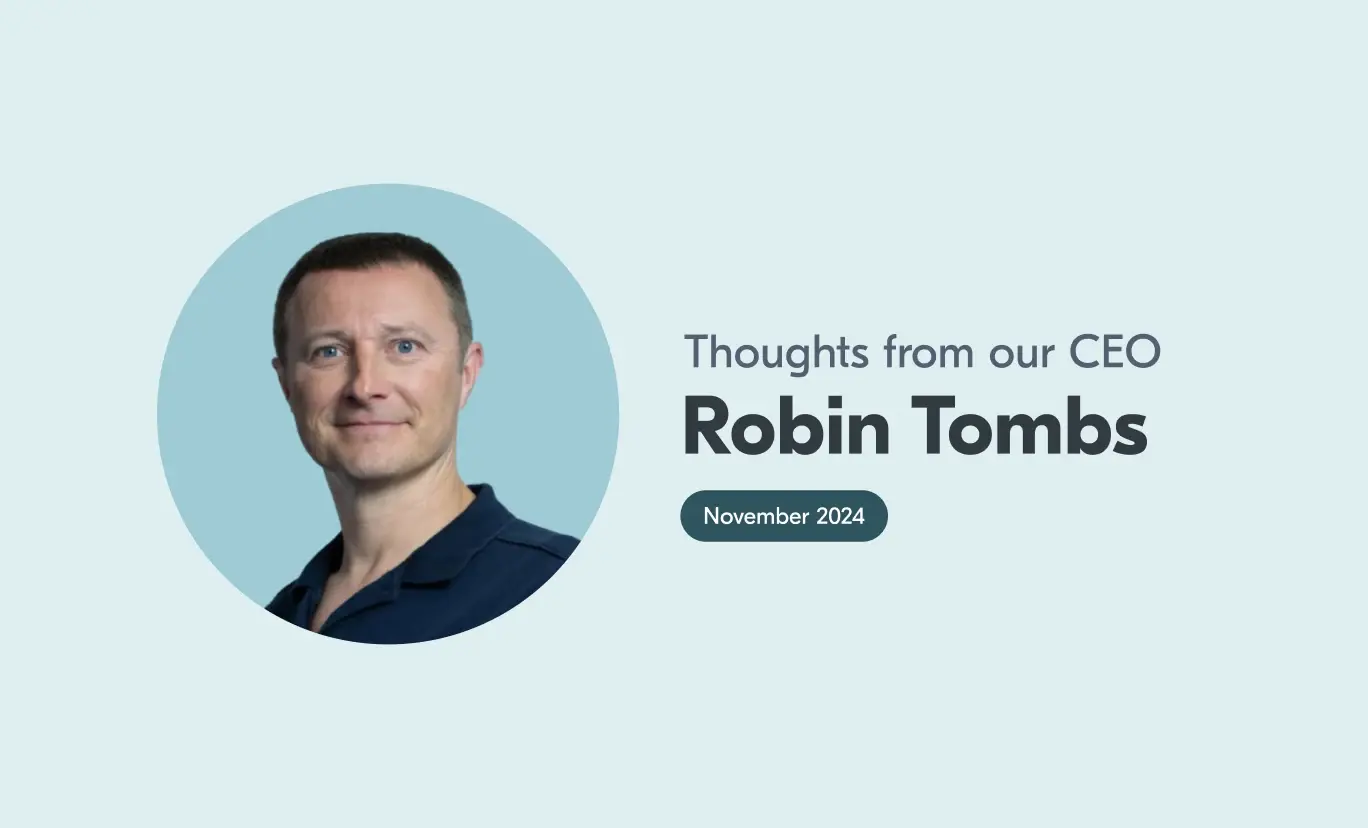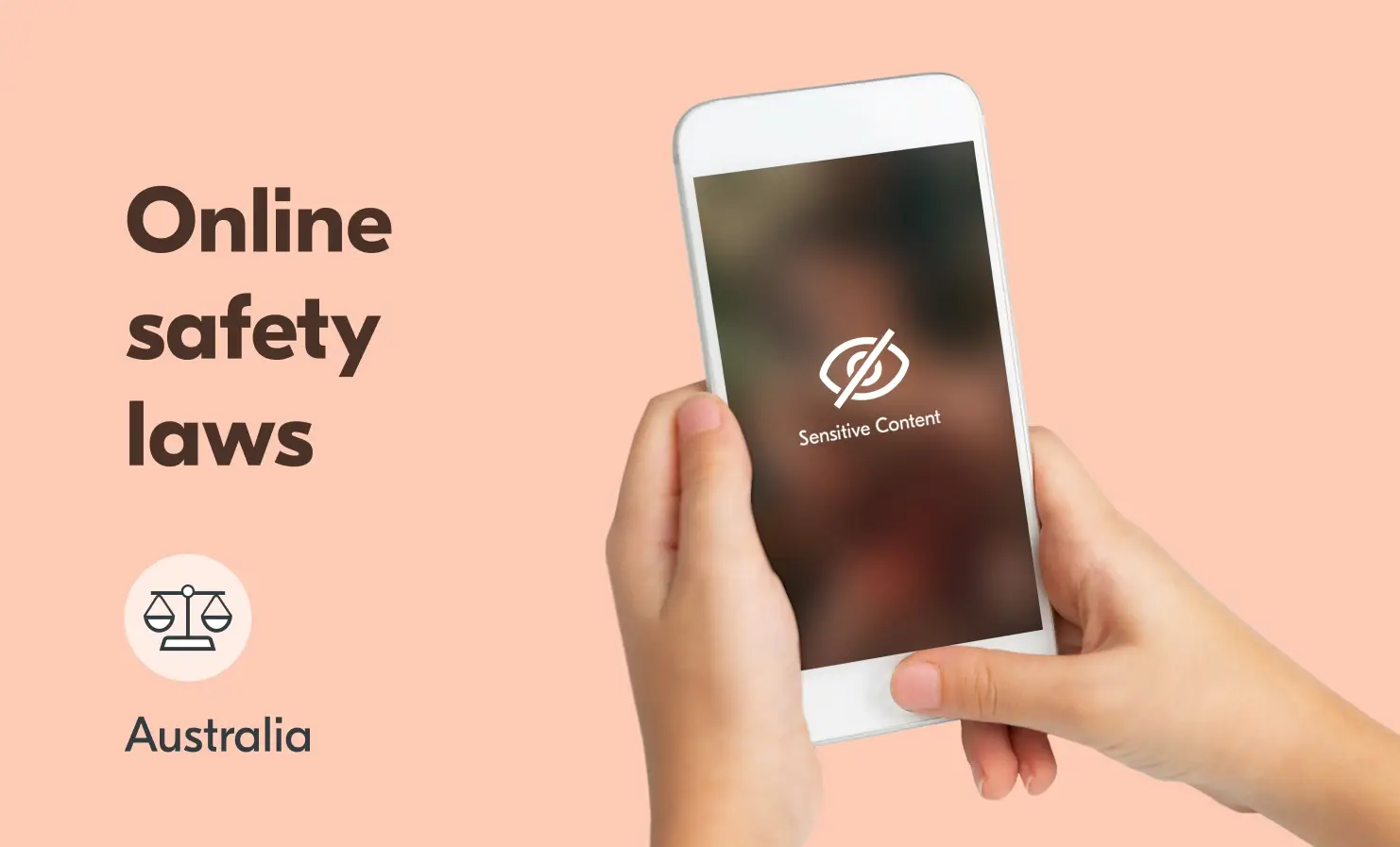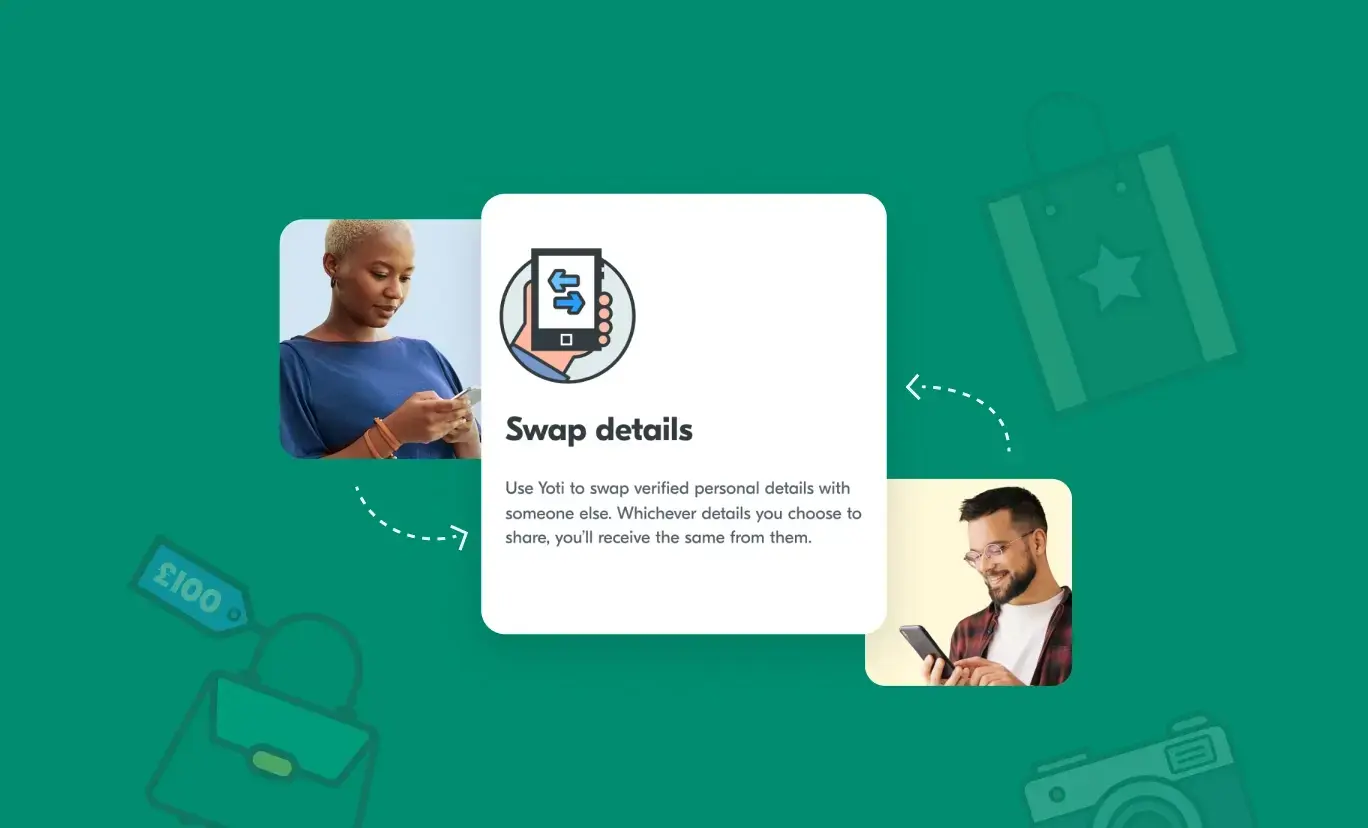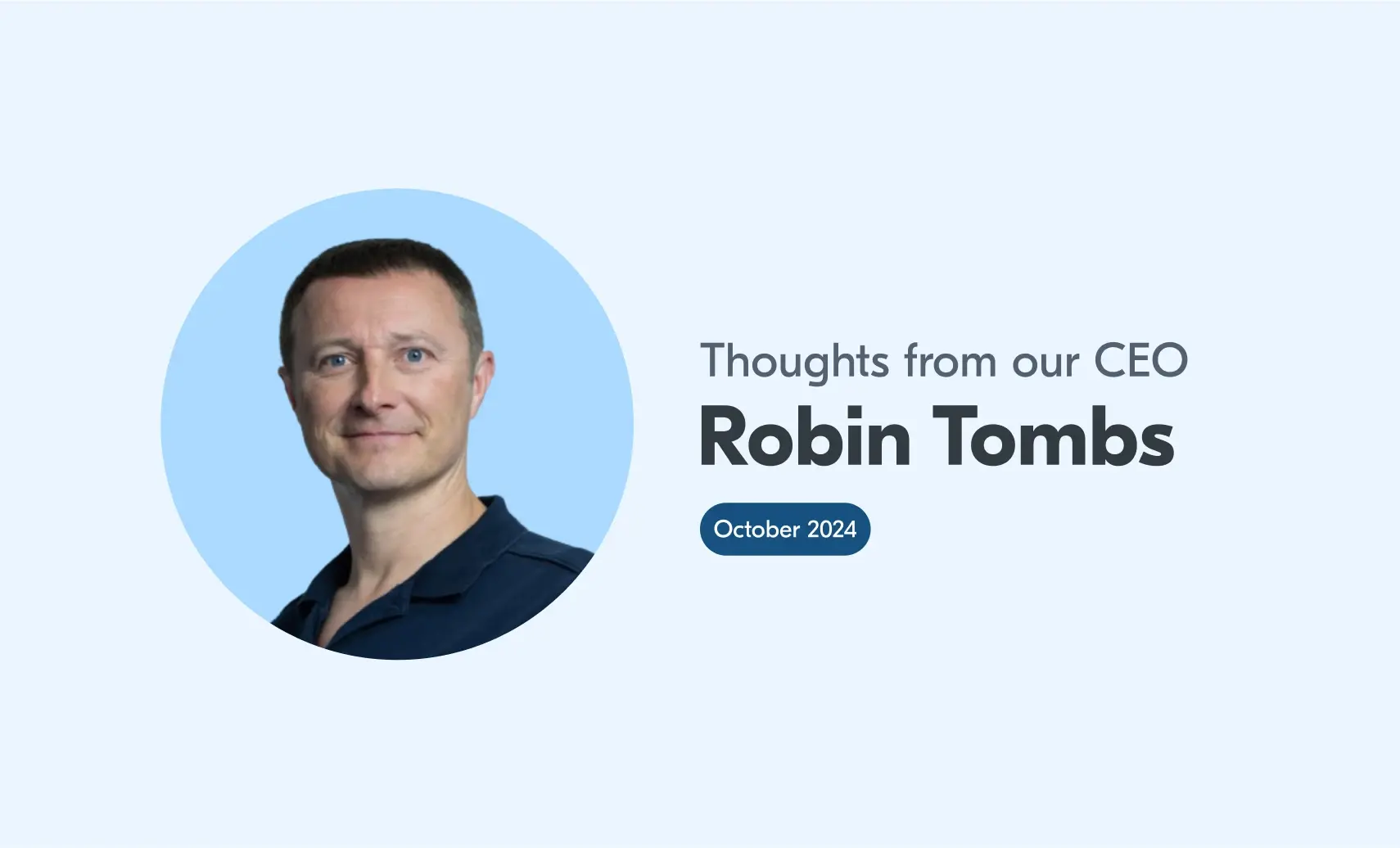Articles
Thoughts from our CEO
In this blog series, our CEO Robin Tombs will be sharing his experience, whilst focusing on major themes, news and issues in the world of identity verification and age assurance. This month, Robin chats about why Yoti facial age estimation is not easy to spoof, the UK Government’s Draft Statement of Strategic Priorities for online safety, the rise of AI voice cloning and the importance of supplementary codes for digital identity. Facial age estimation is not easy to spoof There was understandable scepticism from Rachel Burden and some listeners on BBC Radio 5 Live breakfast this month about
Navigating Australia’s online safety laws
As the digital landscape continues to evolve, regulators are prioritising online safety. Countries around the world are introducing new legislation that aims to protect people online and create safer, age-appropriate experiences. What’s the current state of online safety legislation in Australia? As the internet has become a central part of daily life, Australia’s approach to online safety has evolved over time. Online safety laws were initially more reactive, focused on specific issues such as cyberbullying and child exploitation. However, over the past decade, legislation has become more comprehensive. New laws aim to prevent harm and promote a safer
Yoti responds to the Draft Statement of Strategic Priorities for online safety
This week, Peter Kyle, Secretary of State for the Department of Science, Innovation and Technology, published a letter of proposed strategic priorities for online safety. We welcome the draft statement, which highlights the five areas the government believes should be prioritised for creating a safer online environment. These areas are: safety by design, transparency and accountability, agile regulation, inclusivity and resilience, and technology and innovation. Peter Kyle also made a strong statement that when the Online Safety Act comes into force, Ofcom will have his full support and will expect them to be assertive. He said, “The powers that
Shop with confidence: protect yourself on secondhand platforms with peer to peer checks
From clothes and accessories to furniture, toys and electronics, there’s a whole variety of secondhand items being bought and sold online. Over the last few years, the popularity of secondhand platforms has continued to grow. Sellers are keen to turn unused items into money and buyers are on the hunt for a bargain. In fact, 63% of UK online shoppers say they’ve bought secondhand in the past year, compared to 37% who haven’t. Clothing is most popular, with 30% of people purchasing a pre-owned clothing item in the last year. Our own research found that 65% of people will
Age Check Certification Scheme evaluation for Yoti Facial Age Estimation
We are pleased to announce Yoti has been re-evaluated by the Age Check Certification Scheme (ACCS) for our facial age estimation (FAE) on our latest September 2024 model. ACCS now report our Mean Absolute Error (MAE) for 18 year olds is just 1.05 years, with a Standard Deviation (SD) of just 1.01 years. ACCS first tested Yoti’s September 2020 model in November 2020, reporting the MAE for 18 year olds to be 1.79, demonstrating our continued effort to improve the performance of our model. Yoti has been training its FAE model since early 2018 by using data captured mainly
Thoughts from our CEO
In this blog series, our CEO Robin Tombs will be sharing his experience, whilst focusing on major themes, news and issues in the world of identity verification and age assurance. This month, Robin gives a summary of the upcoming legislation for online porn in France, responds to Ofcom’s claims that facial age estimation is not effective for under 13s, and looks at the upcoming Digital Information and Smart Data Bill. French regulator introduces age checks for online adult content Big news this month that Arcom, the French regulator responsible for online porn, has announced the date that platforms






